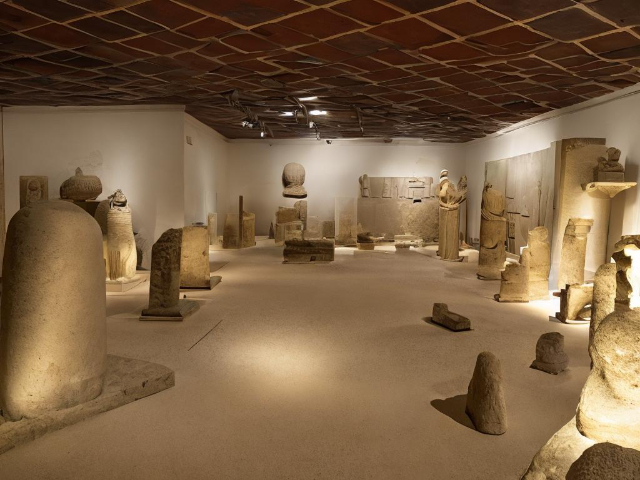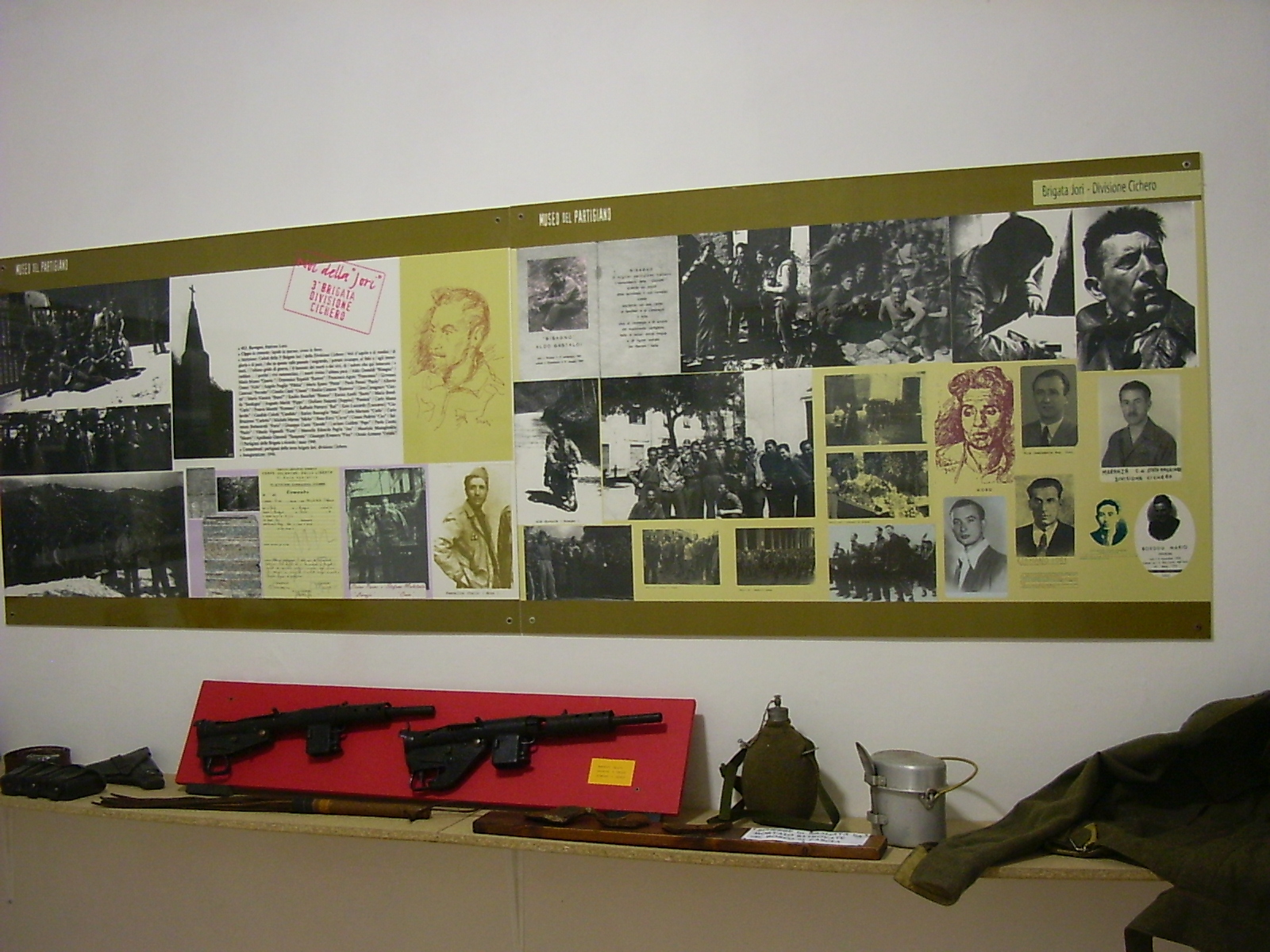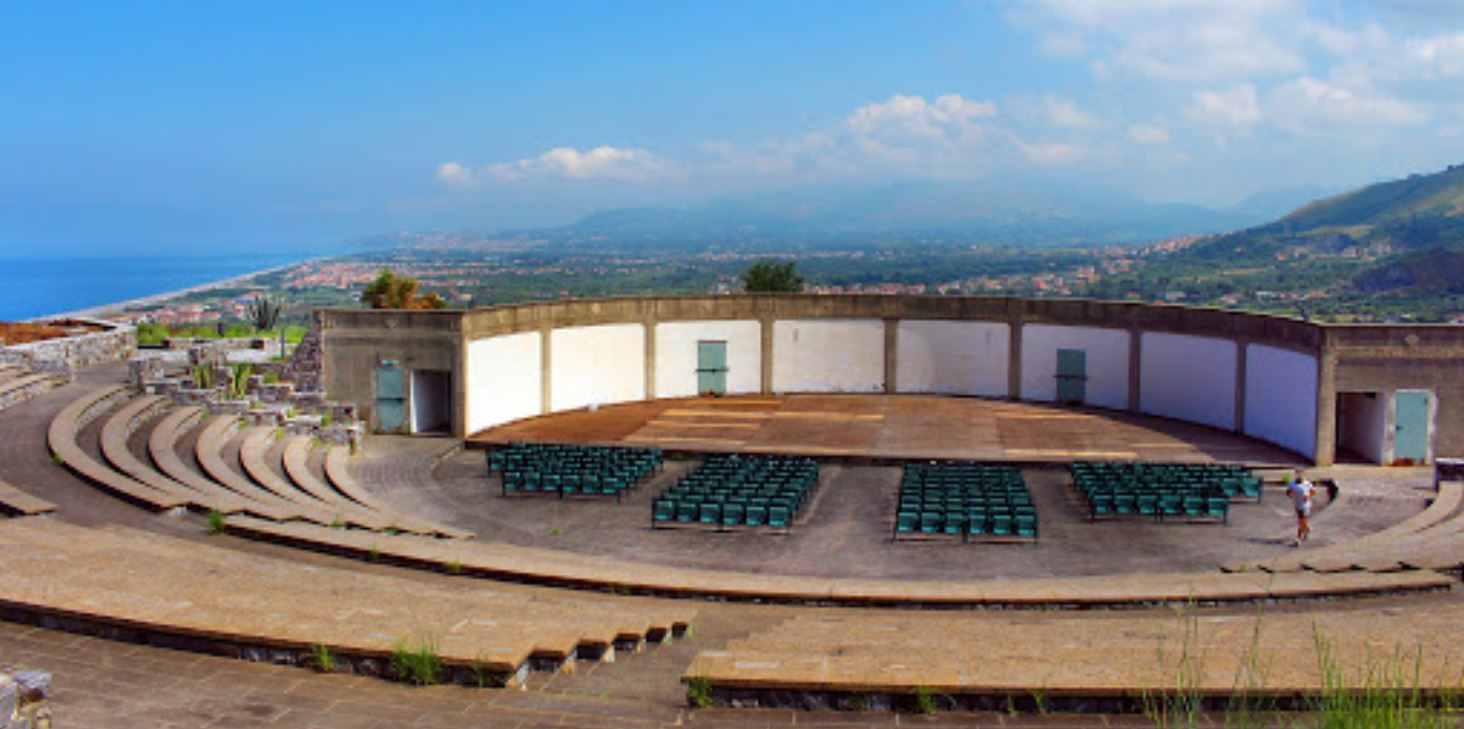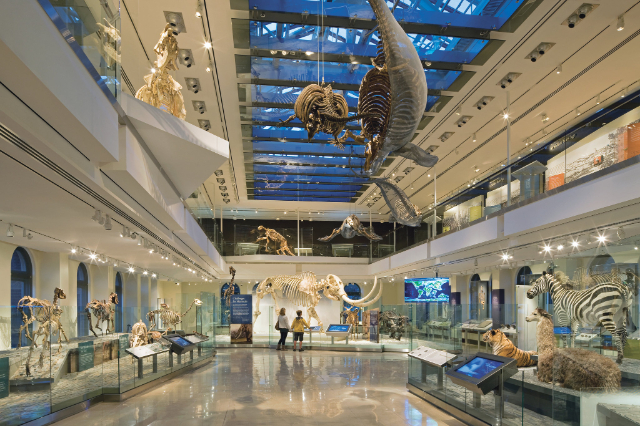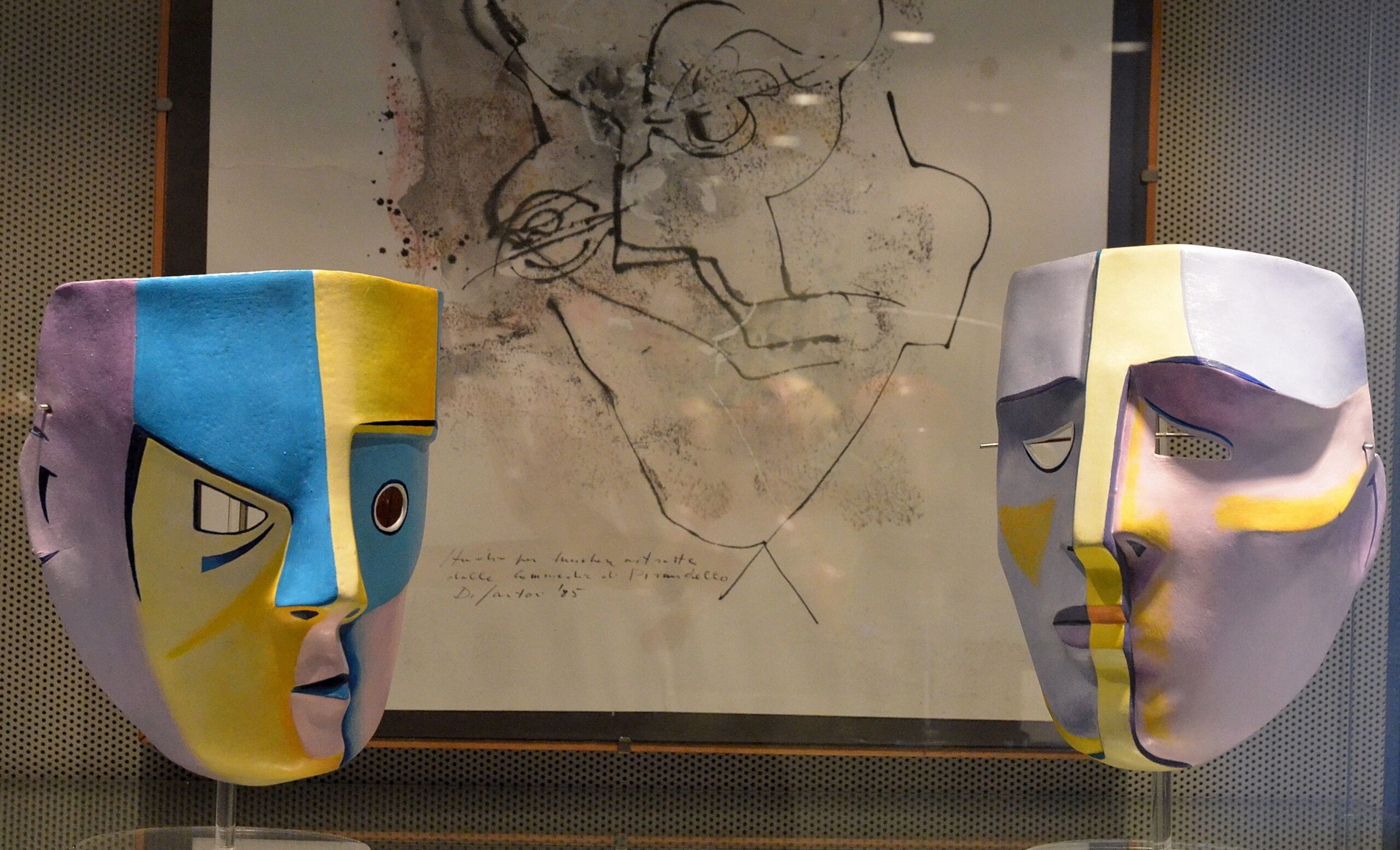The Winged Victory is a female figure, turned slightly to the left; she is dressed in a tunic stopped on the shoulders (kiton) and a cloak (himation) that wraps around her legs.
It is made with the method of indirect lost wax casting and consists of at least thirty parts cast individually and then welded together; it is also finished, like the portraits, with pointed instruments that precisely define the details. A silver and copper agemina was then added to the hair.
It had to be produced in the second quarter of the first century A.D. by a high-level bronze workshop in northern Italy.
The position of the figure, with one leg slightly raised and the arms advanced, is explained by the presence originally of some attributes that made it possible to identify the subject. The foot had in fact to rest on the helmet of Mars, the god of war, and the left arm had to hold a shield, supported also by the bent leg, on which were engraved, with the right hand, the name and res gestae of the winner (with these characteristics was in fact represented by the Romans the goddess Victoria).
The statue was dedicated to the goddess probably by an important personality as a thank you (ex voto) for a military success and could perhaps be displayed inside the temple or in a public building in the city, probably the Capitolium itself (isolated, or perhaps associated with the male figure whose name was on the shield that Victory held).
The figure of the Winged Victory is well documented in Roman art, especially on coins and reliefs of the imperial age. The type is a variant of a statue of the late fourth century BC, the so-called Capua Aphrodite, depicted while admiring herself half-naked in the mirror she holds in her hands. This model was reproduced in numerous examples from the 2nd century BC.
Subsequently the iconographic scheme of Aphrodite was transformed into Victory with the addition of the tunic and wings and the replacement of the mirror with the shield on which the deity engraves the name of the winner. This variant enjoyed great fortune from the first century AD. The Victory of Brescia, perhaps initially realized without wings, added at a later time, is one of the best known examples.
The statue, discovered on July 20, 1826 during archaeological excavations conducted by members of the University of Science, Letters and Arts of Brescia, is the most significant piece among the materials found at the Capitolium and one of the few cases of bronze statues preserved, the only one in northern Italy: with the passage to Christianity as the official religion of the Empire, the pagan symbols were in fact destroyed and, in the case of bronze materials, cast. To preserve it from this fate, the statue was hidden in a cavity in the temple, which is why it has come to us.



